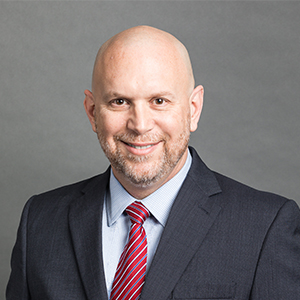
When I first started writing this blog post, I was going to title it, "Is it Live, or is it Memorex?"™ But then I realized that if I did, I would be at risk of showing my age. For those of you unfamiliar with this iconic Memorex© tagline, it referred to a comparison between the sound quality of a live band or an audio cassette. For this article, the phrase would refer to the difference between synchronous and asynchronous telemedicine.
Many of you may be familiar with apps similar to Blue Cross Blue Shield's
Virtual Care app. This app is typically re-named for each state or region;
for example, in South Carolina, it is called SC Blue. This app is an
excellent example of synchronous telemedicine. The patient and healthcare
provider are live interacting together over an audio-visual link on the
internet.
Asynchronous Telemedicine is less often known and mostly
used for specialty care. Asynchronous telemedicine involves acquiring
medical data from a patient, then transmitting it to the specialist to
review at a time convenient for the doctor. The physician then will assess
the medical data, make a diagnosis, and send the results back to the
referring physician from a secure email server. For example, a telemedicine
healthcare provider orders an x-ray for a patient. The patient then visits
an imaging center; the imaging center then sends the x-ray to a telemedicine
radiologist. The x-ray arrives in the radiologist's secure email server and
is viewed by the radiologist when it is convenient. The radiologist then
transmits the diagnosis to the telemedicine healthcare provider for them to
discuss with the patient.
Both types of telemedicine offer unique
benefits for the patient. Most will know that synchronous telemedicine
provides the patient a means to be seen by a healthcare provider without
leaving their home or office. Combined with the ability to transmit a
prescription for minor ailments directly to a pharmacy for a pickup, it
allows the patient a more comfortable user experience than the experience of
visiting a physician's office or an urgent care facility.
However,
the added layer of asynchronous telemedicine opens the way for expanded care
for patients. For patients in rural areas that do not have access to a
medical specialist, this new method of healthcare will provide much-needed
access. Secondly, asynchronous telemedicine can offer patients a means to
overcome language and cultural barriers that could affect the patient
experience. Lastly, this new process can lessen wait times for medical data
to be evaluated and provide a faster diagnosis for the patient.
For
healthcare providers, this technology offers a means where they can gather
all of the relevant medical data, analyze it, and provide a more accurate
diagnosis. This model of evidence-based care will benefit both the patient
and the doctor.
While not suitable for every specialty, specialists
such as ophthalmologists, dermatologists, urologists, and radiologists have
already seen improvements in patient care.
As patient demographics
change, the healthcare industry is seeing young adults seek out new, more
convenient ways of seeing a doctor. With the incursion into healthcare by
large corporations, healthcare is becoming about the accessibility of
services to the consumer. One of the fastest-growing digital apps today is
Slack. Slack is a digital platform that allows different people to
communicate asynchronously within specific groups. Many companies are
switching from traditional email services such as Outlook and Gmail and
moving there teams to Slack. This software allows the sharing of documents,
real-time group messaging, scheduling, and even voice and video
calls.
Amazon, Google, and now Walmart have entered the healthcare
industry in recent years. They have plenty of experience in creating happy
and loyal consumers. Still, in the end, the relationship made is not with
Walmart or Google, but with the person treating the patient, and healthcare
professionals should learn some of the consumer experience lessons from
these corporations and embrace new technologies.









 ©
- CMS Imaging, Inc. All Rights
Reserved
©
- CMS Imaging, Inc. All Rights
Reserved

Comments
Leave a Comment